How do we captivate people’s imaginations? Downstream, through its experiential design work, is taking experience design beyond digital interfaces and technology.

July 4th, 2022
Recently acquired by Unispace, Downstream is an experiential design agency, working at the cutting edge of technological innovation: “We very much look at the use of emerging technologies to help create and support signature and landmark experiences. But not just that, we’re able to essentially create wonderful experience layers, content, storytelling, and branded environments,” says Jonathon Cartwright, Downstream managing director for Asia Pacific.

One of the world’s largest global tech companies has recently engaged Downstream to create an environment for its New York offices.
Housed in a heritage building where the juxtaposition of technology and tradition is at its most extreme, the overlay is very much about interaction: “As people walk through the space, through the use of projection mapping on both the floors, walls and other areas, the environment reacts to individuals and groups as they walk through it. So, you can imagine ripples appearing behind them, and almost leaving a wake, depending on what sort of programmatic content you want,” says Cartwright.
All of which can be changed with the press of a button to completely modify and adapt that environment as needs dictate. “These are some of the joys now in terms of integrating technology into the built environment, we have a lot more flexibility, and a lot more adaptability,” says Cartwright.

The term ‘experience design’ like ‘user experience’ has predominantly been limited to digital interfaces and technology alone.
Downstream however, takes a very different approach: “We’re all about humanity. We’re all about the people at the centre of the experience, and all of the different things that come together to influence that. We look at this from a multi-sensory perspective where we consider the user, and think about all of their emotional needs and functional requirements in a space,” says Cartwright.
As such, all aspects of the person and the environment are brought into play: “Your surrounds will change based on the number of people or your particular interests if that’s been coded into the digital displays and other platforms. So, you might get the sensation of snow, or of a breeze on an autumn day, the visuals are really dynamic and change, change with the way that you’re reacting with the spaces,” he adds.
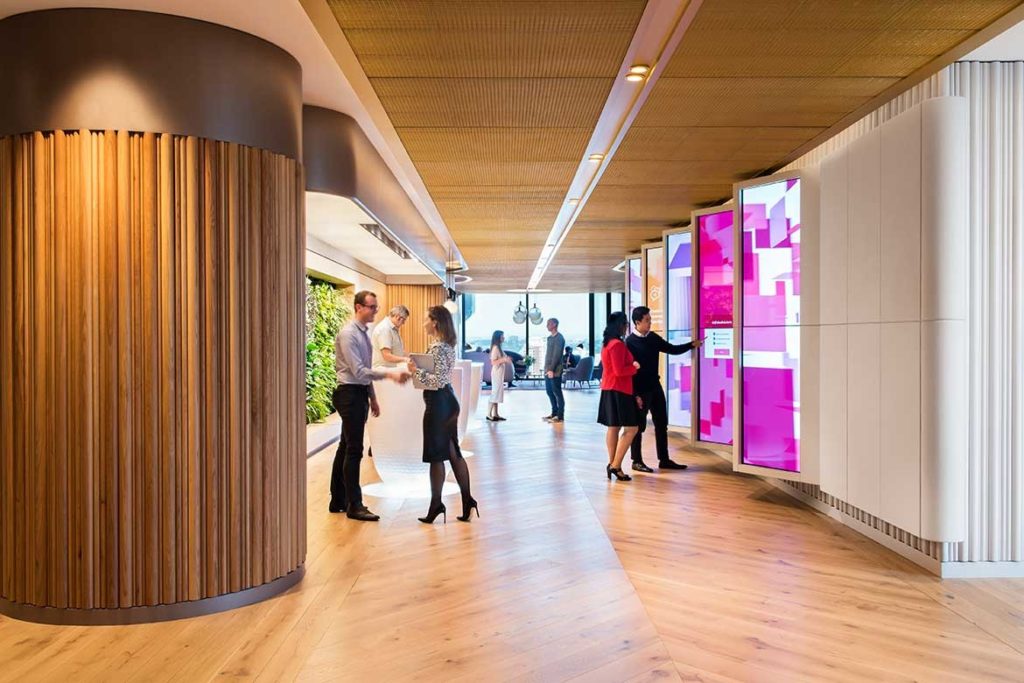
In this world, the Downstream intervention, could be static or interactive, depending on what is going to create the target human response as determined by their data.
“We spend a lot of time researching, understanding and speaking with our clients, to determine how we can best optimise their customers’ experience, wherever they might be engaging with their brand,” says Cartwright.
Deep comprehension of the brand and its intentions is similarly imperative: “What is the story that we’re trying to tell? Depending on who the client is and what sector they’re in. And we really try and get to the DNA of that organisation or group to identify what is it that makes them unique.”
Spatial considerations of each unique space are considered, in terms of creative outcome: “We then think about all of the different things that we can do to create these magical moments, these memorable moments, whether it’s the built environment, whether it’s different forms of technology, or whether it’s different forms of content and storytelling that all come together to influence the experience,” says Cartwright.
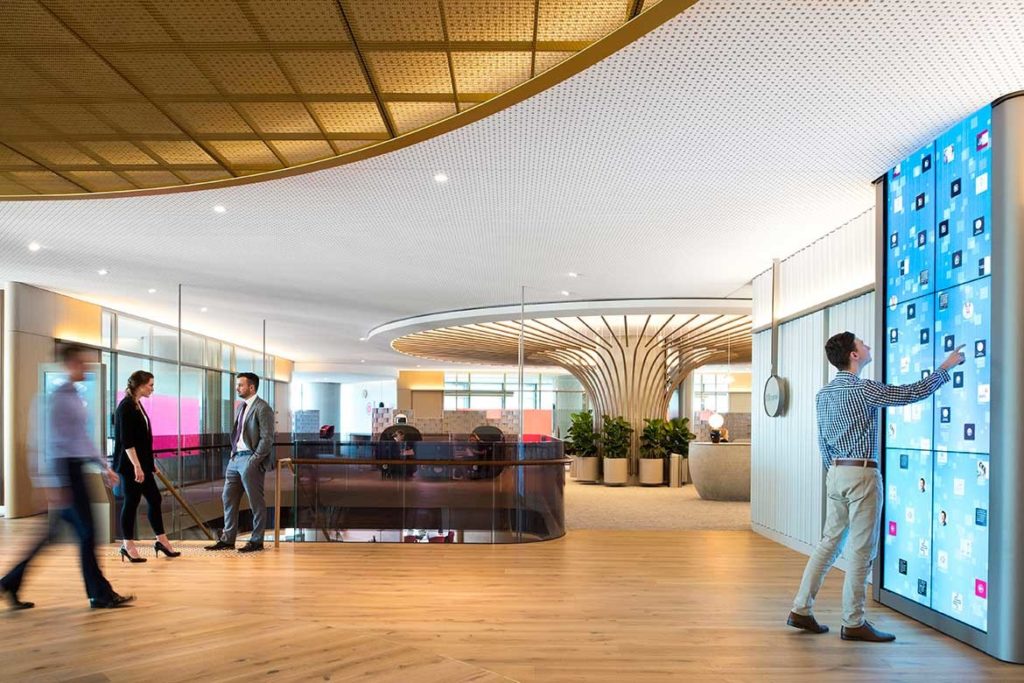
Increasingly the Downstream response has become multi-sensory, with the business rejecting screens as a silver bullet solution to promoting both client or customer engagement, Cartwright arguing that “technology is at its best, when you don’t even see it”.
Rather, the visitor or worker in the space should simply feel at their most comfortable: “What you have is a wonderful experience with different types of technologies that are actually integrated into the architecture, and the user is just left with a wonderful emotional reaction and feeling,” says Cartwright.
The interaction however, is not cosmetic. Rather it is specifically designed to illicit the response that Downstream have identified as requisite to the client organisation.
“What is it that we want someone to feel emotionally in terms of connection and engagement? And what is it that we want them to do? Do we want them to transact? Do we want them to be an engaged employee?” asks Cartwright.

Working across government, commercial, technology, retail and hospitality, the last two years have shown that experiential focus can happen anywhere.
More importantly Downstream asks why clients want their employees to return to the workspace: “Certain sort of hormones and brain chemicals, such as serotonin, are triggered far more deeply when people are engaging face to face and working together,” says Cartwright.
“The conversations we’re having more and more with our customers, and our clients is around: How do we captivate people’s imagination? What’s the compelling reason that you would return to a workplace?” he adds. Indeed, the workplace needs to create a desire for individuals to connect, if collaboration is really going to work.
As such, clients are looking to Downstream to create optimal environments for their employees and clients alike: “What we focus on is the human element, the human experience, and how we can truly get that right,” says Cartwright.
Downstream
downstream.com
We think you might like this article about careers On The Move – latest shakes and shuffles in the design industry.
INDESIGN is on instagram
Follow @indesignlive
A searchable and comprehensive guide for specifying leading products and their suppliers
Keep up to date with the latest and greatest from our industry BFF's!
The new range features slabs with warm, earthy palettes that lend a sense of organic luxury to every space.
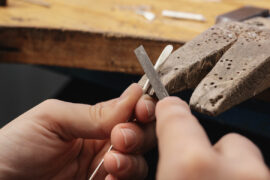
With the inaugural Glenn Murcutt Symposium set to take place in Sydney in September 2025, Pritzker Prize-winner Francis Kéré receives the Murcutt Pin.
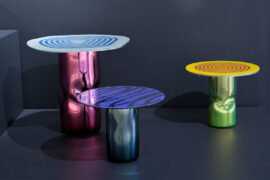
Despite its long and rich history, signwriting is a profession in decline. Will Lynes’ new show, Oily Water at Canberra Glassworks, aims to showcase the techniques of the trade to highlight its potential in design.
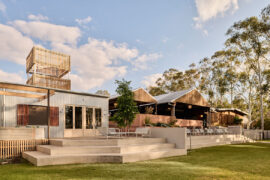
Technē’s latest pub project gives an iconic old woolshed new life, blending family-friendly community spirit and sentimentality with nostalgic design.

London-based design duo Raw Edges have joined forces with Established & Sons and Tongue & Groove to introduce Wall to Wall – a hand-stained, “living collection” that transforms parquet flooring into a canvas of colour, pattern, and possibility.
The internet never sleeps! Here's the stuff you might have missed
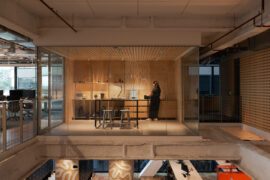
The Arup Workplace in Perth/Boorloo, designed by Hames Sharley with Arup and Peter Farmer Designs, has been awarded The Work Space at the INDE.Awards 2025. Recognised for its regenerative design, cultural authenticity, and commitment to sustainability, the project sets a new benchmark for workplace architecture in the Indo–Pacific region.
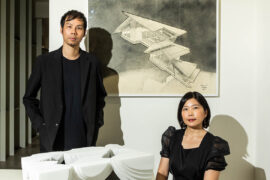
A star of the 2025 INDE Awards is Jenchieh Hung + Kulthida Songkittipakdee / HAS design and research, a practice that made quite the impression on the jury and in the awards.